
Every year thousands of folks get in trucks and make the trip to Antelope Canyon on the Navajo Reservation. Antelope is a slot canyon frequently called Corkscrew Canyon (the first three minutes in the canyon and there is no need for explanation as to where the name Corkscrew came from). The entrance to the canyon is about 15 minutes from Page, AZ.
Antelope Canyon drains a large area into Lake Powell which means flash floods are common in the canyon during monsoon season. In the summer of 1997 a tour group entered the canyon against warnings from the guides. 11 people were killed that August afternoon when a large flash flood went down the canyon.
I worked at Glen Canyon Dam when the 97 flood happened and was present as a gentleman from the National Weather Service called in the flash flood warnings. There are really not words to describe the feelings, four hours later, as the news of people being washed down the canyon started to come across the airwaves.
So much of life in the west depends on the water – yet deadly, it is. To cover 1 square mile of water in 1 inch of rain – that is 17.38 million gallons. Imagine 50 square miles with 3 inches of rain. The sandstone does not absorb water quickly so it all rushes down hill to the lowest point – Lake Powell in this area. During some flash floods all 120 feet of Antelope Canyon will be filled with water.
It can be clear where you are, raining 30 miles away and flood the canyon. If you go, listen to the guides at the gate or go with a tour company in Page, Arizona. While breathtakingly beautiful it is also life threateningly dangerous at the wrong time. Formed by the rush of water over time ~ it has not much respect for a person in the way.
A couple of weeks ago we went out to the canyon as we had friends visiting. Taking a break from real estate is difficult, because the “home” and “property” thoughts are usually close to the surface. As I walk the canyons it amazes me that these were peoples homes. This is where they had children, ate dinner, ground corn, farmed the land and hunted for so many generations. While not in the canyon the Anasazi ruins are abundant in this area.
In the next few weeks I am going to blog about two amazing companies that lead the tours out to the canyon. Antelope canyon is one of the most photographed canyons in the world, and most recognizable. Also the topic of flash floods in the desert will be covered this summer. If you are living here, or thinking of relocating here, you need to be aware of the floods in that occur during monsoon season.
Reminder: the canyon was made by water – lots and lots of water. The same force that made the Grand Canyon made Antelope Canyon.
It was windy this time when we went through the canyon and there was a Sand Fall. Rather like a water fall, but, alas, sand. Beautiful does not even describe it.
The top picture “blew out” a bit – next time I’ll know how to shoot it better.
My two sons at the back side of Antelope Canyon
Flash Flood Information and Video From Rankin Studio



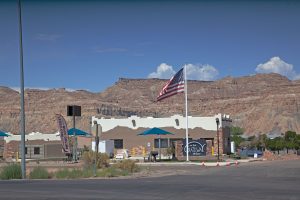
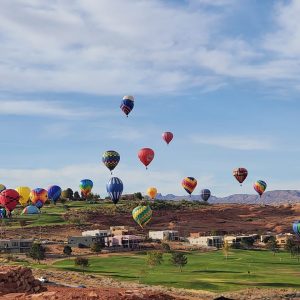

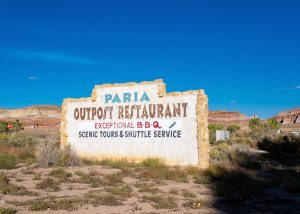
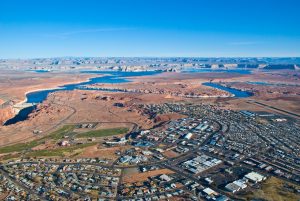
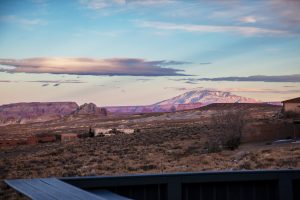
I am doing a report about canyons, and this helped me understand how canyons are made. Thank you.
Ashley – You are most welcome. Floods and the desert southwest seem to go hand in hand. The force of water and wind is what has shaped our awesome landscape. Good luck with your report!